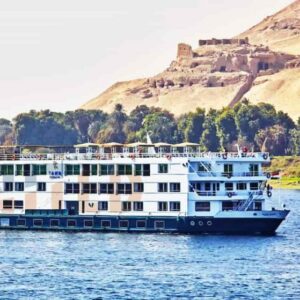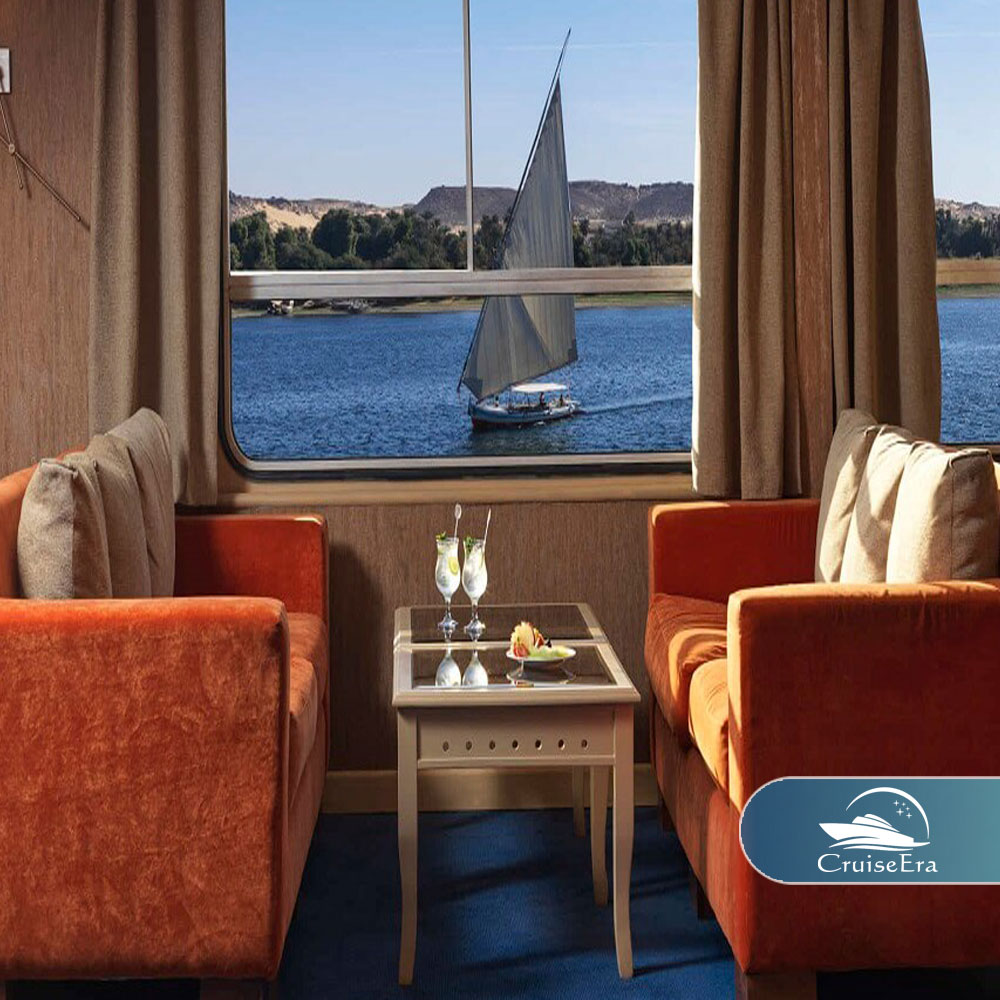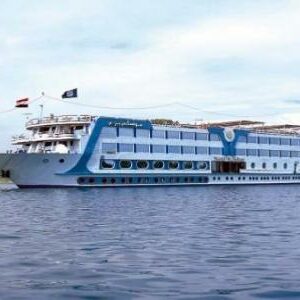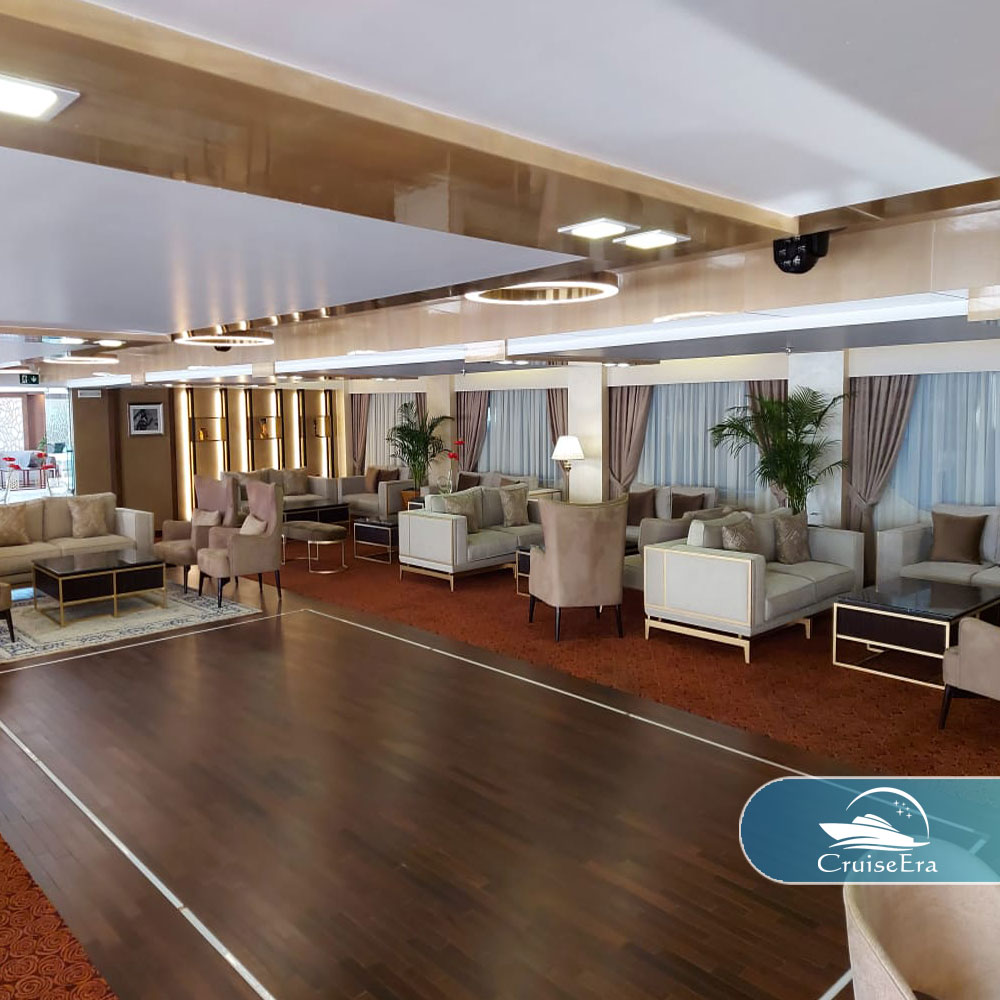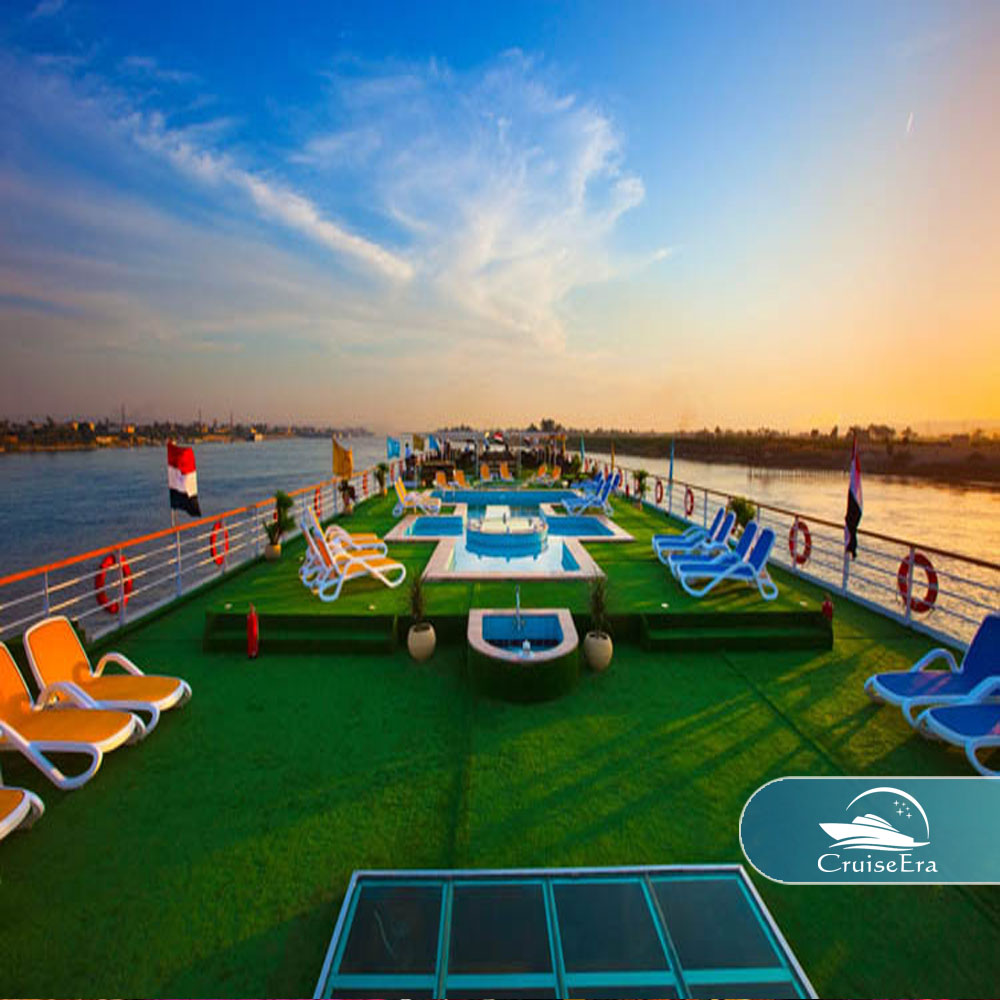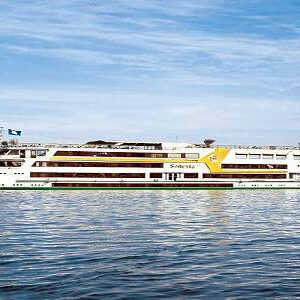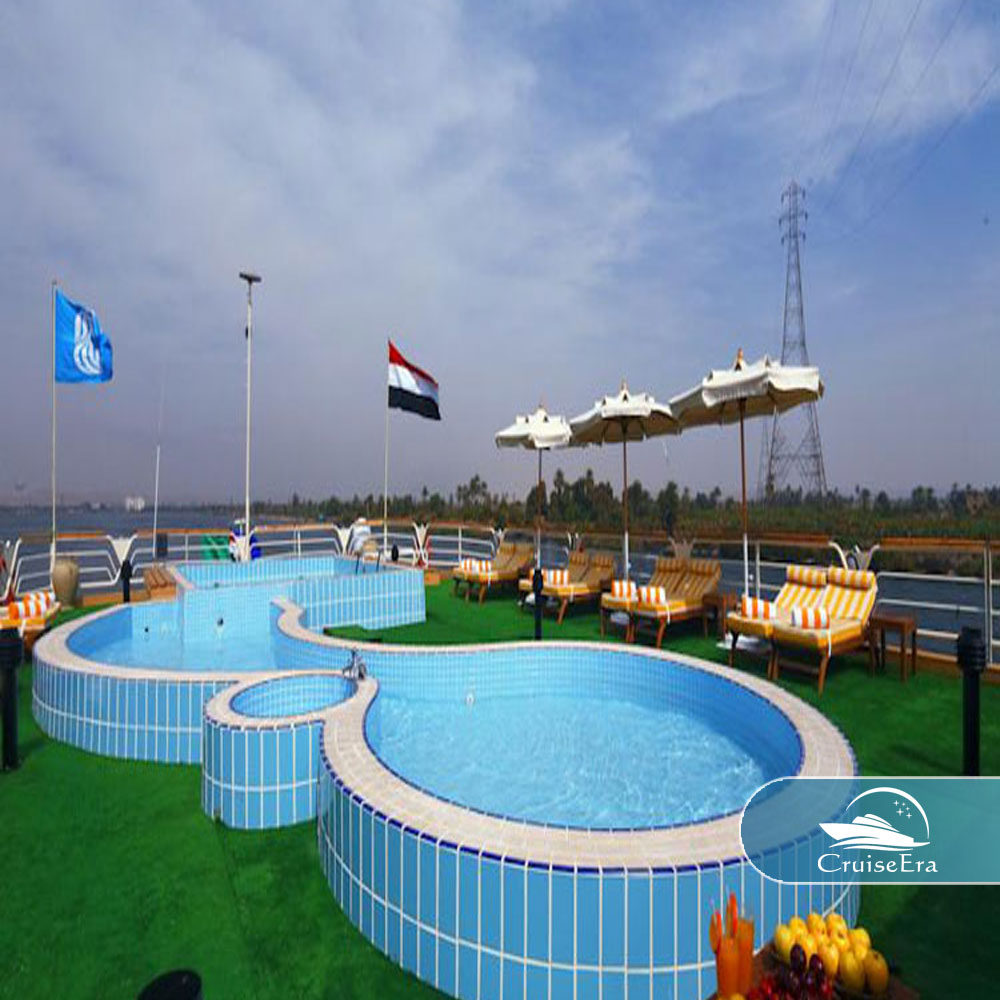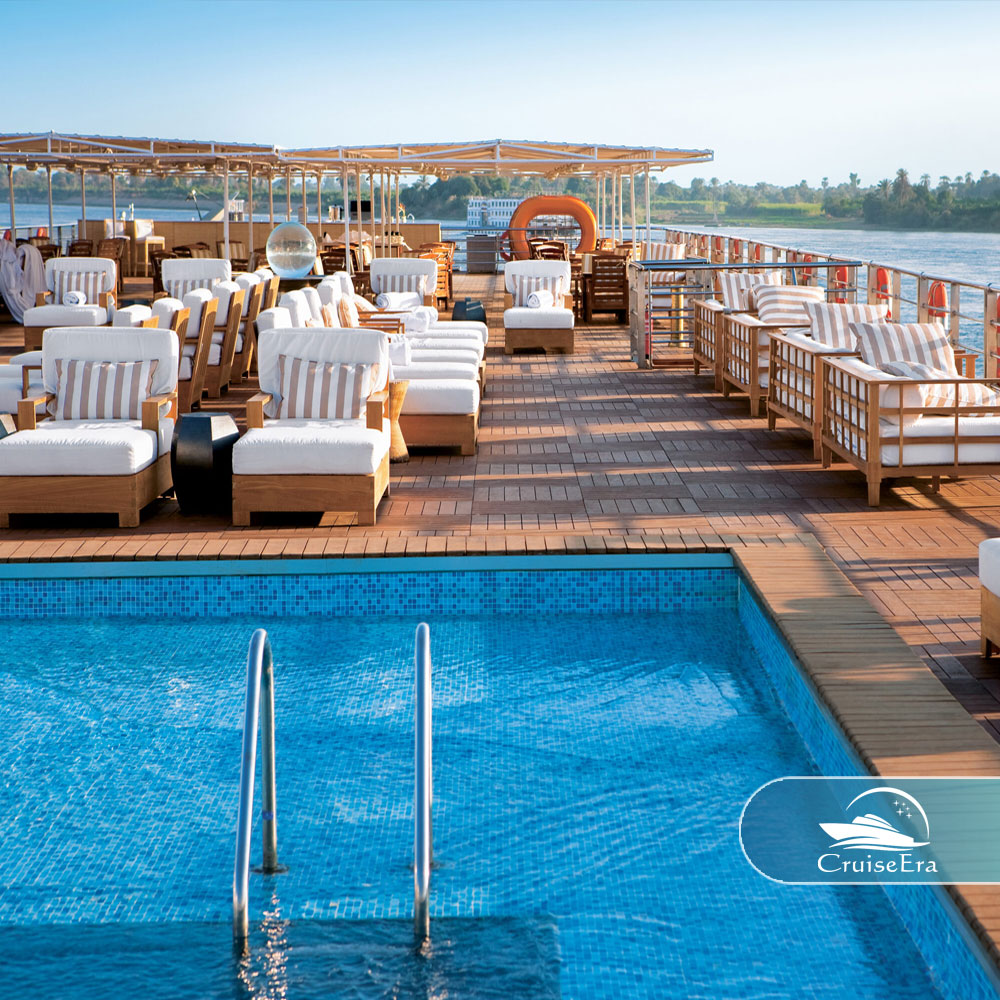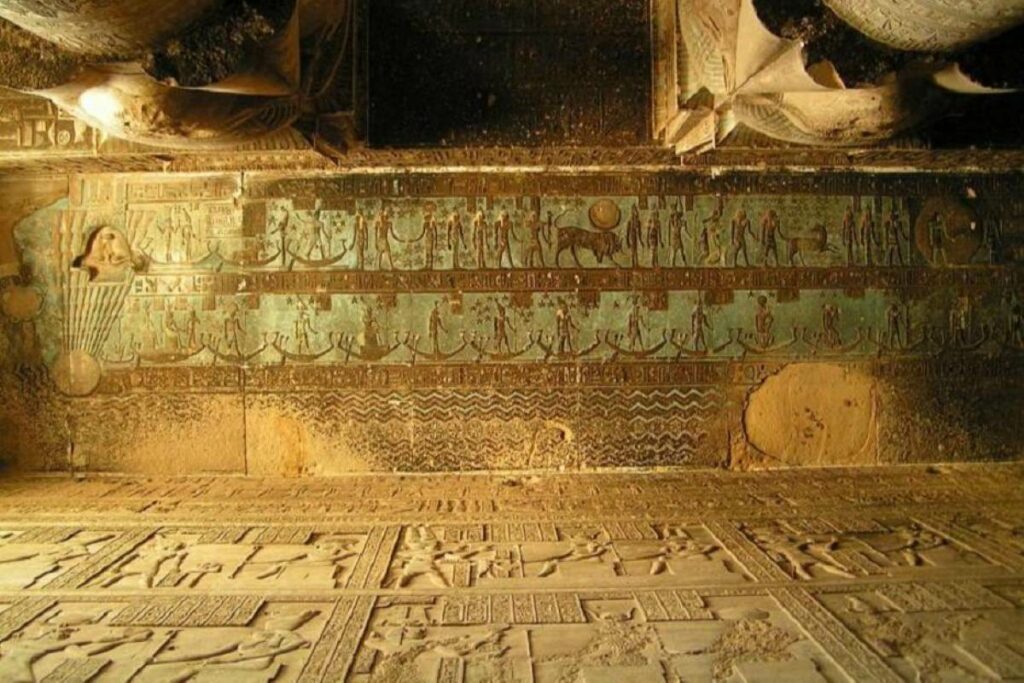Elephantine island
It is a Nile Island located in the city of Aswan. Its area is about 1,500 meters in length and 500 meters in width. The bulk of the population of Elephantine Island is Nubian. It has the Movenpick Hotel, a large area of palm trees, the Aswan Museum, and the remains of stone temples from different eras.
The island In the past, Elephantine was called “Abu” Island, meaning “the Elephant”, considering that the island was a commercial center for receiving African ivory. Then the name in Greek changed to Elephantine, which means “elephant’s ivory.”
The most important archaeological landmarks on the island:
There are temples on the island of Elephantine dating back to different eras. The most important of these temples is the Temple of “Set,” which is considered the most important deity on the island. There is an early temple for her from the era of the First and Second Dynasties, another temple from the era of the Sixth Dynasty, and a temple from the era of King “Senusret I”. The middle one, and a temple from the reign of Queen Hatshepsut from the New Kingdom era, and the “Khnum” temples from the Ptolemaic and early Roman eras.
Features of Elephantine Island:
The island is famous for its shrine known as “Haqaib”, who is considered one of the most important rulers of the city during the era of the Sixth Dynasty. The shrine includes statues of “Haqqaib” and “Sarnbut I” and many rulers and princes during that era. There is also a shrine in the southern part of Elephantine Island.
Also in the eastern part of Elephantine Island is the “Nilometer”. This gauge dates back to the Ptolemaic era and was designed through stone steps descending directly into the Nile River.
Description of Elephantine Island:
To the right and left of the stairs, there are various signs and numbers dating back to Greek and Arabic. This scale was renewed during the reign of Khedive Ismail, as shown on the left wall. The Nilometer is used to calculate the increase and decrease of the Nile flood.
As for the Aswan Antiquities Museum, it was built in 1898 as an administrative residence for a man. Engineers of the Aswan Reservoir, and this dwelling was converted into a museum of Aswan antiquities in 1917 AD. It includes antiquities that were discovered in Aswan Governorate, the areas of Nubia, and Elephantine Island from various ancient Egyptian eras, as well as from the Ptolemaic, Roman, and Islamic eras.
Elephantine Island is also famous for Nubian handicraft activities, such as making dishes from fronds. Palm trees as well as trade in Nubian products.
Egypt Tours to Elephantine Island
-
Transporte
Hospedagem
Restaurante
AC
Sun Deck-Bar
Discoteca
Internet
Fax
-
From $1440 🎗 10% OFFAswan, Cairo, Egypt, Luxor

 Sale! Add to cart
7 Days Deluxe Nile cruise + Domestic Flights
Sale! Add to cart
7 Days Deluxe Nile cruise + Domestic Flights7 Days Tour To Egypt with Cairo, Aswan, Luxor, and Nile Cruise
Rated 0 out of 5Nile Cruise$2,000.00$1,600.00Transporte
Guia turístico particular
Hospedagem
Restaurante
AC
Sun Deck-Bar
Discoteca
Piscina
Internet
Fax
Geladeira
Telefone
Chuveiro
Secador de cabelo
Seguro
TV
Biblioteca
-
Transport
Private Tour Guide
Accommodation
Restaurant
AC
Sun Deck-Bar
Discotheque
Swimming pool
Internet
Fax
Fridge
Phone
Shower
Hairdryer
Safe
TV
Library
-
Transporte
Hospedagem
Restaurante
AC
Sun Deck-Bar
Discoteca
Piscina
Internet
Fax
Geladeira
Telefone
Chuveiro
Secador de cabelo
Seguro
TV
Biblioteca
-
Transport
Private Tour Guide
Accommodation
Restaurant
AC
Sun Deck-Bar
Discotheque
Swimming pool
Internet
Fax
Fridge
Phone
Shower
Hairdryer
Safe
TV
Library
-
Transporte
Guia turístico particular
Hospedagem
Restaurante
AC
Sun Deck-Bar
Discoteca
Piscina
Internet
Fax
Geladeira
Telefone
Chuveiro
Secador de cabelo
Seguro
TV
Biblioteca

